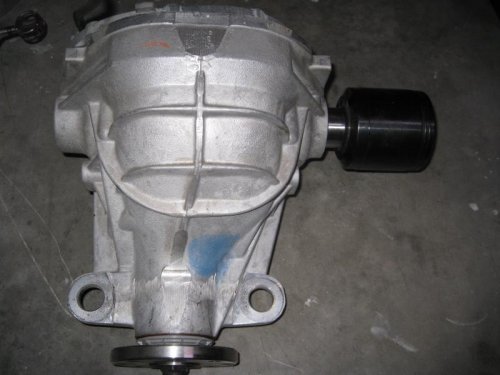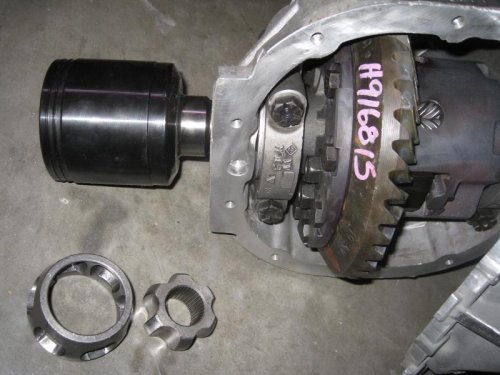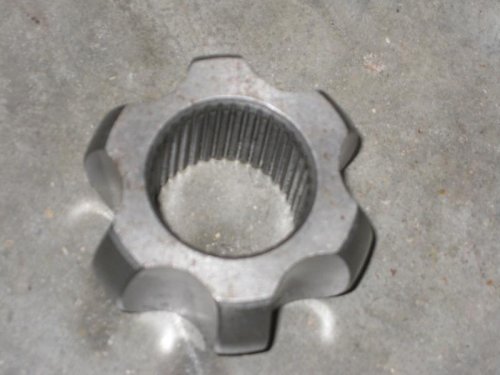baxter
New LVC Member
Joe,
Great write up. Your 8.8 diff research shows well thought out procedure and diligence. Have you gotten a price quote on resplining the vette halfshafts to the expedition cv spider? On my griffith project the distance between cv joints will be around 8", does it look like there's enough od on the c5 shaft at that reduction for resplining? The c5 hub design that will allow attachment to custom uprights that fit inside 13" diameter formula atlantic wheels is yet another positive direction on your part.
Thanks again for sharing your wisdom that's help tackle a huge hump in this project,
Kevin
Great write up. Your 8.8 diff research shows well thought out procedure and diligence. Have you gotten a price quote on resplining the vette halfshafts to the expedition cv spider? On my griffith project the distance between cv joints will be around 8", does it look like there's enough od on the c5 shaft at that reduction for resplining? The c5 hub design that will allow attachment to custom uprights that fit inside 13" diameter formula atlantic wheels is yet another positive direction on your part.
Thanks again for sharing your wisdom that's help tackle a huge hump in this project,
Kevin



